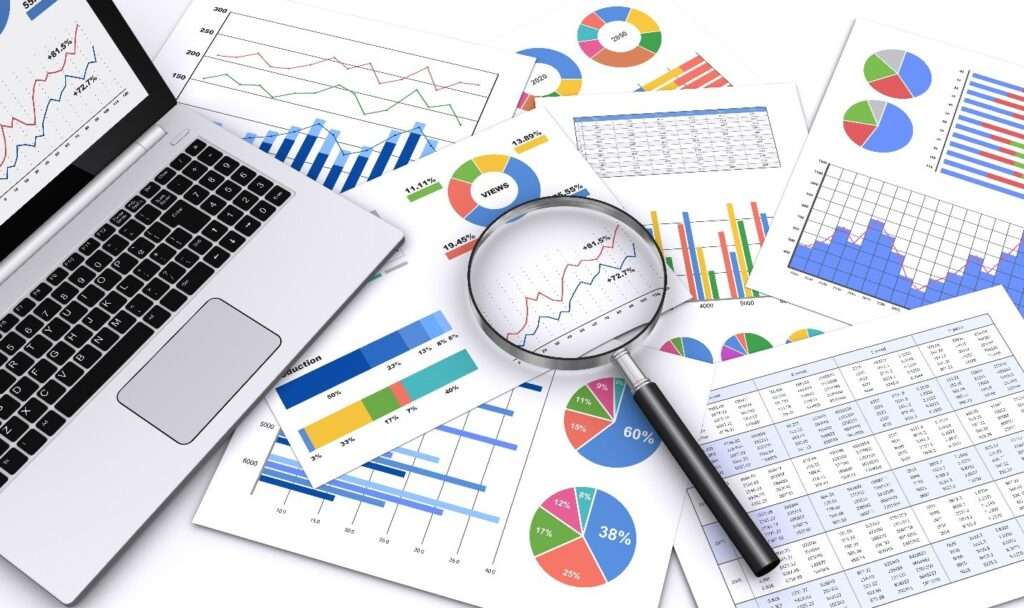Guide to Amazon’s Free Data Analysis Tool

The epidemic that began in 2019 made a lot of money for sellers in 2020. With the wave of store closings in 2021, Amazon Platform sales have moved out of the “post-epidemic” era. As more sellers focus on improved operations, we must perform alternative data analyses. Statistical analysis by hand is time-consuming, and some data […]

